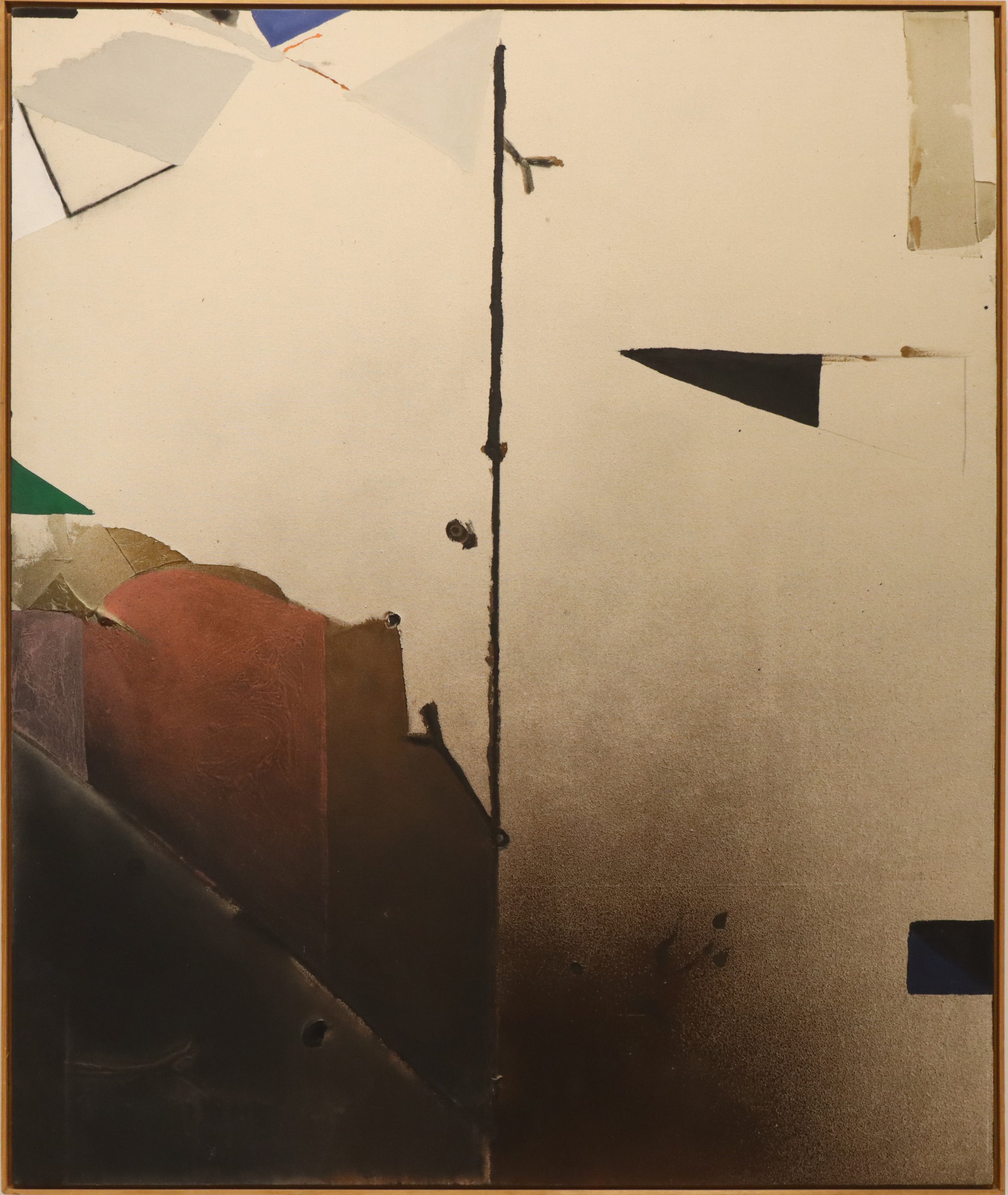Otto Rogers' work blends the clarity of Cubist-Constructivist structure with the vast spiritual resonance of the prairie landscape, resulting in abstract compositions that evoke both order and transcendence.
Otto Rogers (1935–2019) was one of Canada’s most revered modern painters and sculptors. Born in rural Saskatchewan in 1935, Rogers’ artistic journey spanned more than six decades and left an indelible mark on Canadian abstraction. His dynamic practice—ranging from colour-field painting to assembled steel sculpture—was deeply rooted in the expansive prairie landscape and his Baháʼí belief in unity through diversity.
Trained at the University of Wisconsin–Madison, Rogers went on to teach at the University of Saskatchewan from 1959 to 1988. A key figure in the revival of the Emma Lake Artist’s Workshops, he helped shape Canada’s modernist movement alongside such luminaries as Anthony Caro and Barnett Newman. His work drew inspiration from the Cubist-Constructivist tradition of Picasso, González, and David Smith, infused with the spiritual clarity and compositional rigor that came to define his aesthetic.
Rogers was a charismatic educator, a member of the Royal Canadian Academy of Arts, and a respected voice in international artistic circles. In 1988, he moved to Haifa to serve on the Baháʼí World Centre’s International Teaching Centre, where he further engaged in global cultural dialogue.
His works are held in nearly every major public collection in Canada, including the National Gallery of Canada, Art Gallery of Ontario, and Montreal Museum of Fine Arts, as well as internationally in institutions such as the Museum of Fine Arts, Boston, Museu d’Art Contemporani de Barcelona, and the National Gallery of Iceland. Critic Clement Greenberg called Rogers “an artist of amazing talent, worthy of an international reputation.”
Today, Rogers' art is not only celebrated for its formal brilliance and spiritual resonance—it is highly sought after for its cultural significance, institutional provenance, and rarity on the secondary market. His legacy continues to influence artists, collectors, and curators across generations.
For details and images, please contact us.



